I am often asked about my sourdough starter maintenance routine, so I thought I would share the full details over here. This has been my routine for almost 5 years now.
FLOUR: strong white flour (in the UK) aka Unbleached Bread flour (in the US)
WATER: tap filtered water
STORAGE: in the fridge. I only take it out for feeding, before preparing a dough. I have tried keeping it on the counter and feeding it 2x day, didn’t make any different to its performance. Other than using up a lot of flour and lots of discard ending up in the compost bin.
FEEDING FREQUENCY: it depends on how often I bake, usually 4-5 times a week. I only feed the starter before preparing the dough.
HOW LONG BEFORE PREPARING THE DOUGH DO I FEED MY STARTER?
This depends entirely on the feeding ratio I use (see below), but also the temperature in my kitchen. The higher the feeding ratio (e.g 1:4:4 is higher than a 1:1:1) the more it will take for the starter to ferment and be ready to use. The same with the temperature, the colder in the kitchen, the slower the fermentation.
When do i feed my starter?
If I want to start preparing the dough first thing in the morning, I feed the start last thing in the evening before going to bed.
In case I am not able to prepare the dough any longer as per the plan, I would pop the starter in the fridge and use it later in the day, without an additional feed.
If I want to prep the dough in the afternoon/evening and proof overnight in the fridge, then I would feed the starter in the morning.
| Same day bake (final proof on the counter) |
Next day bake (final proof overnight in the fridge) |
|---|---|
| Day 1. Evening Feed starter |
Day 1. Morning Feed starter |
| Day 2. Morning Prep dough, use the amount of starter required, rest goes back in the fridge |
Day 1. Afternoon/Evening Prep dough, use the amount of starter required, rest goes back in the fridge |
| Day 2. Afternoon/Evening Final proof & Bake |
Day 2. Morning Bake |
WHICH FEEDING RATIO DO I USE AND WHY?
I tend to stick to a 1:4:4 feeding ratio. This means 1 part starter to 4 parts water and 4 parts flour. I follow this for a couple of reasons
1. It works best for my schedule. When fed at 1:4:4 the starter is ready to use in more or less 8h.
2. It gives a good balance between sweetness and sourness, a great profile to the starter, but also to the loaves I bake.
3. Any feeding ratio (but 1:1:1) is ok. Remember that the higher the ratio the longer it take for the starter to reach fermentation peak.
Watchout!! Feeding a starter in the evening with a lower ratio means that it would most likely peak in the middle of the night, and be over fermented in the morning.
HOW MUCH STARTER, WATER AND FLOUR DO I USE FOR EVERY FEED?
The standard loaf size for me is made with 500g flour. And for this, I use 100g starter (which is 20% in baker’s percentage).
With the 1:4:4 feeding ratio, I take 15g starter and fed it with 60g of water and 60g flour. This gives me a total of 135g of starter at peak. I then use 100g and the rest of the 35g left in the jar is moved to the fridge. Till next time.
And next time I want to prep the dough, I take the 35g starter out of the fridge. Keep 15g in the jar and feed it again. Rest of 20g is discard, which I dry and ground to powder. Like this.
Should I want to prep a larger dough, out of 1kg flour. I would then feed 25g starter with 100g water and 100g flour, which gives me enough to prep the dough (200g starter) and the carry over to the next feed
Learn more about how to optimise your starter feeding in order to avoid discard.
WHEN I FORGET TO FEED THE STARTER AHEAD OF TIME
As an exception, I would decrease the feeding ratio to 1:2:2, in which case the starter would be ready to use in something like 5-6h instead.
FEED STRAIGHT FROM THE FRIDGE?
Only in winter, to help with the temperature. Otherwise I would feed it straight from the fridge.
ANY CHANGES WITH THE SEASONS?
In summer
– I would use cold water at feeding, to slow down fermentation.
– I would use the starter sooner, as even with a 1:4:4 feeding ratio it will most likely be ready in something like 6h (it depends on the room temperature)
– Feed it directly from the fridge
In winter
– I would use warm water at feeding. Up to 36°C / 97°F
– Let it come to room temperature first, for an hour or so before feeding it
– I would use Goldie, the sourdough starter warmer. We know that the sourdough starter is most active in between 24°-28°C / 75°-82°F and this is the temperature Goldie maintains. Should you decide to buy one, use “SE23” at checkout for a 10% discount
– Other tricks to keep it warm would be to move it to the warmest spot in the house, even if it’s away from the kitchen. Or place it in the oven, with the light on. This will help it too.
do i cover the jar?
Yes, lid is always on to avoid any dust or unwanted objects to fall into it. But loose, to let the gas produced during the fermentation process escape. Both on the counter and in the fridge
the longest I’ve left it unfed
It was for around 8 weeks, in the fridge.
I have first removed the watery layer it appeared on the surface, then moved 15g to a clean jar and fed it with 60g water and 60g flour. Let it peak, discard and repeat the feed.
I would rarely prepare a leaven
– In case I want to change the profile of the my starter, without changing the starter 🙂 I mean changing the flour that I use to feed the starter or feeding it to be stiffer (with less water than the amount of flour).I would then take 30g starter and feed it with 35g water and 35g flour (a different flour to the strong white flour I normally use. Most likely rye flour). It would then be ready to use in something like 4-5h (depending on room temperature)
– Or, if I would prepare a large dough, say made of 2-3kg flour, in which case i would take some starter and feed it separately in a bowl.
i try to optimise the feeding to minimise waste?
This article might shed some light on this topic
WHAT HAPPENS WHEN I GO ON HOLIDAY?
It stays in the fridge while I am away
🌾Before leaving on holiday, I give my starter one last feed. I use less water than the amount of flour, as this will help slow down the fermentation. The feeding ratio is 1:3:4 ratio (10g starter : 30g water : 40g flour). The starter will be stiffer than when using equal amounts of water and flour, and I tend to give it a light knead in a bowl or even on the counter, before placing it back in the jar.
🌾I leave the on the counter for 3-4h, for the fermentation to kick in and I see some increase in volume. I then move it to the fridge
🌾I leave the lid loose, as fermentation will continue in the fridge, and the yeast will produce gas.
🌾I try to keep it far from any food that can grow mould on (fruit, veggies, cheese). Mould is the no 1 enemy of your starter, not the fact that’s left unfed in the fridge
🌾When I’m back, I take it out of the fridge and give it 2 consecutive feeds before using it again. I then go back to your normal feeding ratio and routine.
a piece of advice
Finding your own sourdough starter maintenance routine will help make things easier, part of the daily life. Find that feeding ratio that works for you and stick to it.
Avoid a 1:1:1 for the on going maintenance of your starter, as this will lead to an increase in acidity, which will affect performance of your starter, its ability to rise your dough and ultimately your bakes. A 1:1:1 is great when building a starter from scratch or for preparing a levain.
Any ratio between 1:2:2 and 1:5:5 are great to use. In a cold kitchen I would stick to a lower ratio like 1:2:2, maybe 1:3:3. In a hot kitchen, a 1:4:4 or even a 1:5:5 is more suitable. The goal is to have a starter that’s ready to use in max 8-10h from feed.
If you keep your starter on the counter, one feed a day won’t be sufficient!
if you’re not sure how to maintain your starter
You might want to consider one to one coaching session to discuss your starter situation, and to help you understand how to take care of it best.


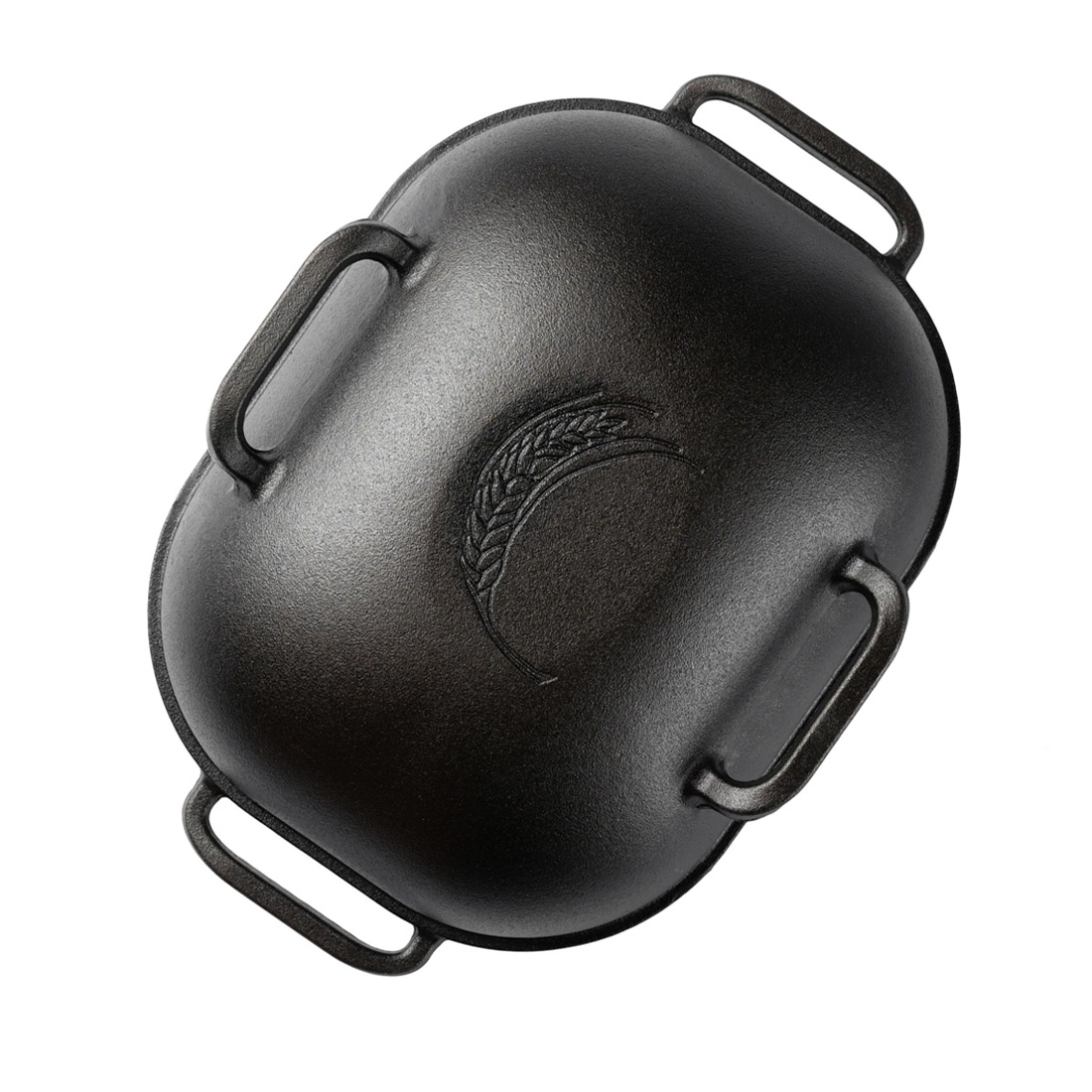 Challenger Bread Pan
Challenger Bread Pan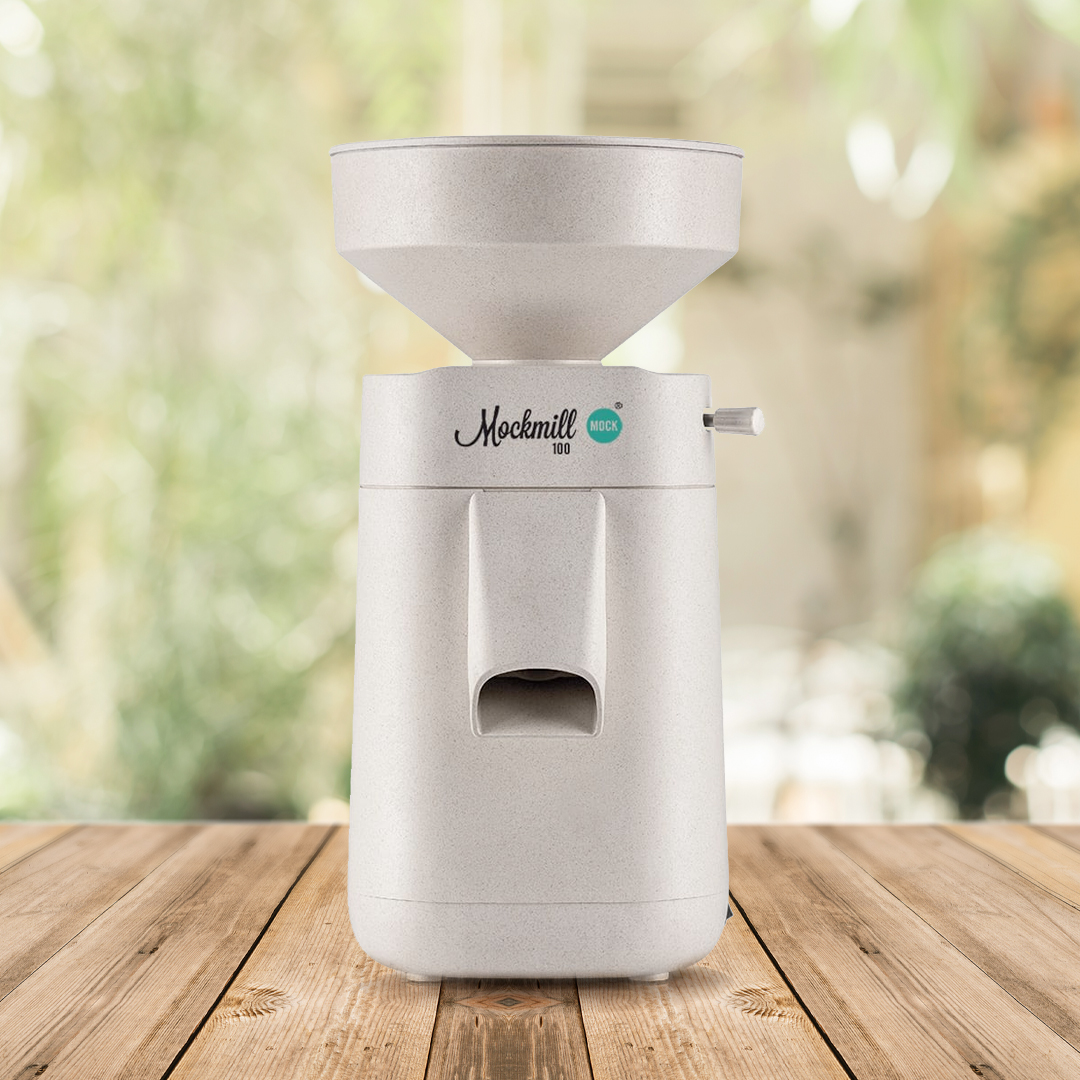 Mockmill 100 Grain Mill
Mockmill 100 Grain Mill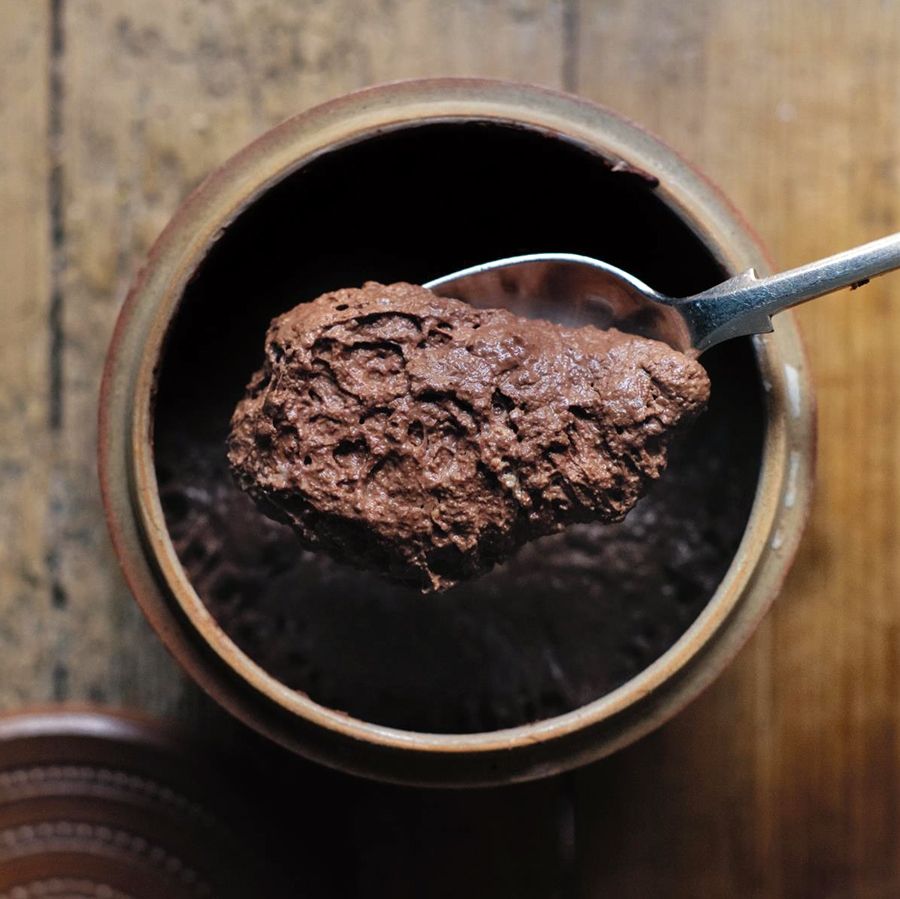 Chocolate Sourdough Starter Kit
Chocolate Sourdough Starter Kit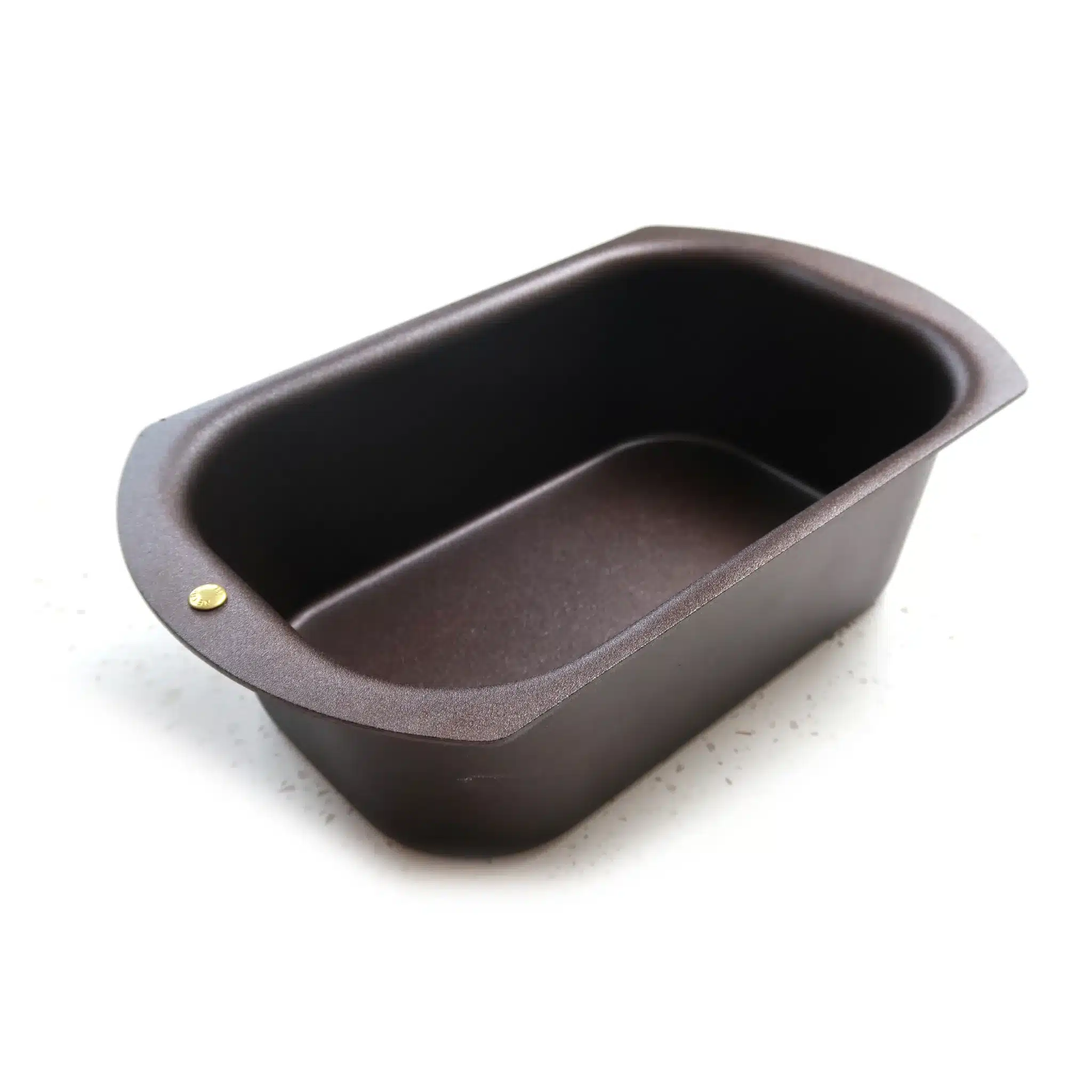 Netherton Foundry Iron Bread Tin
Netherton Foundry Iron Bread Tin
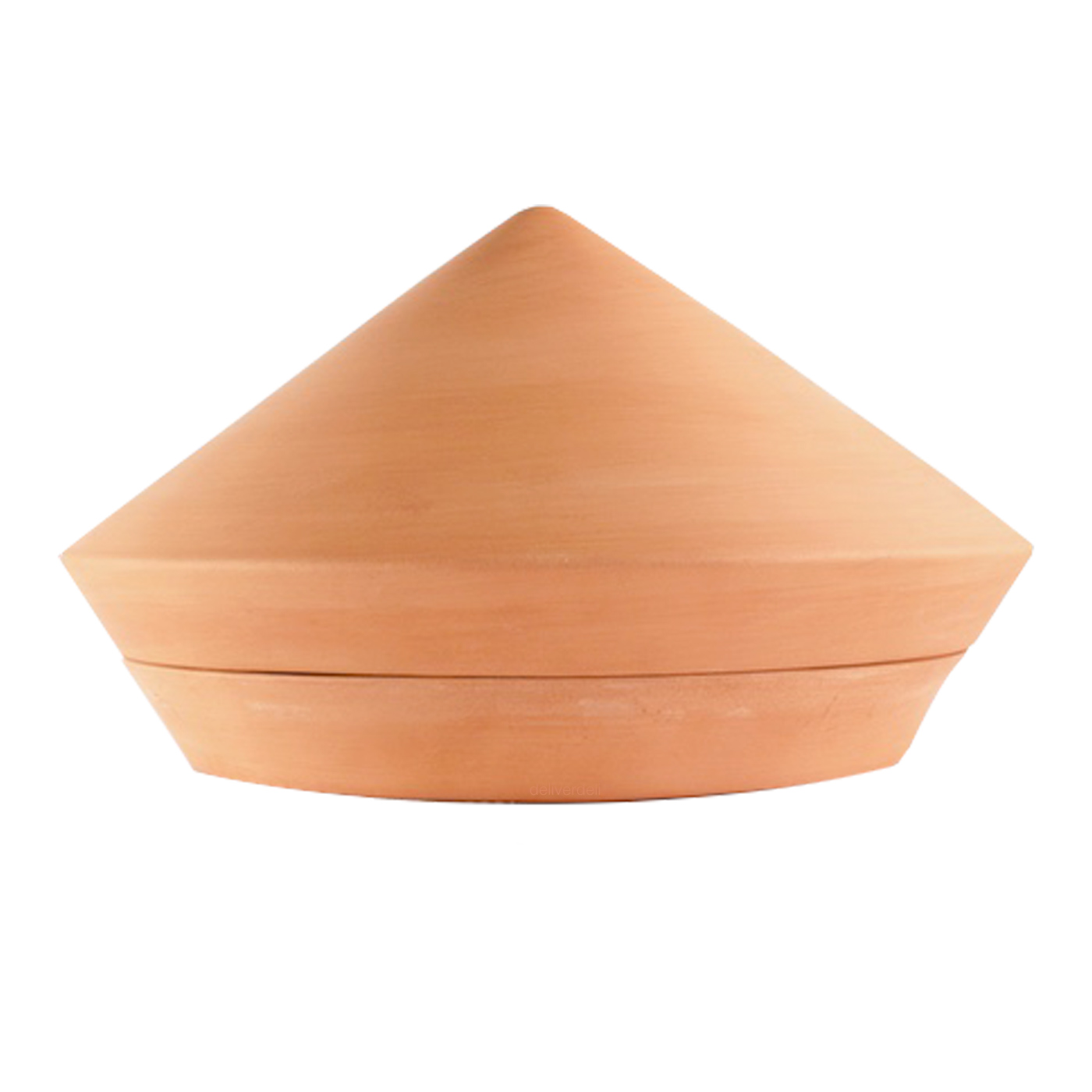 The Spring Oven Bread Pan
The Spring Oven Bread Pan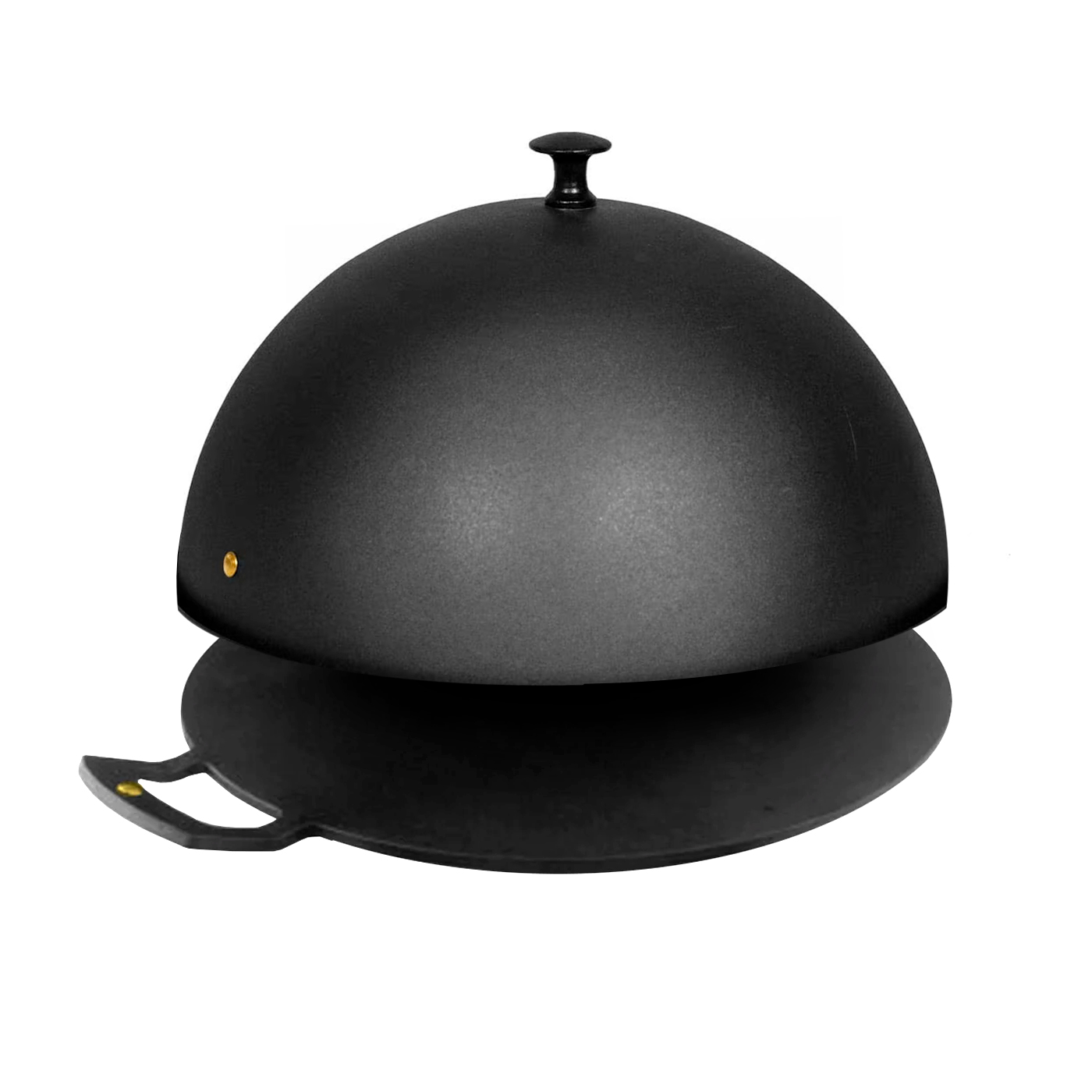 Netherton Foundry Bread Pan
Netherton Foundry Bread Pan